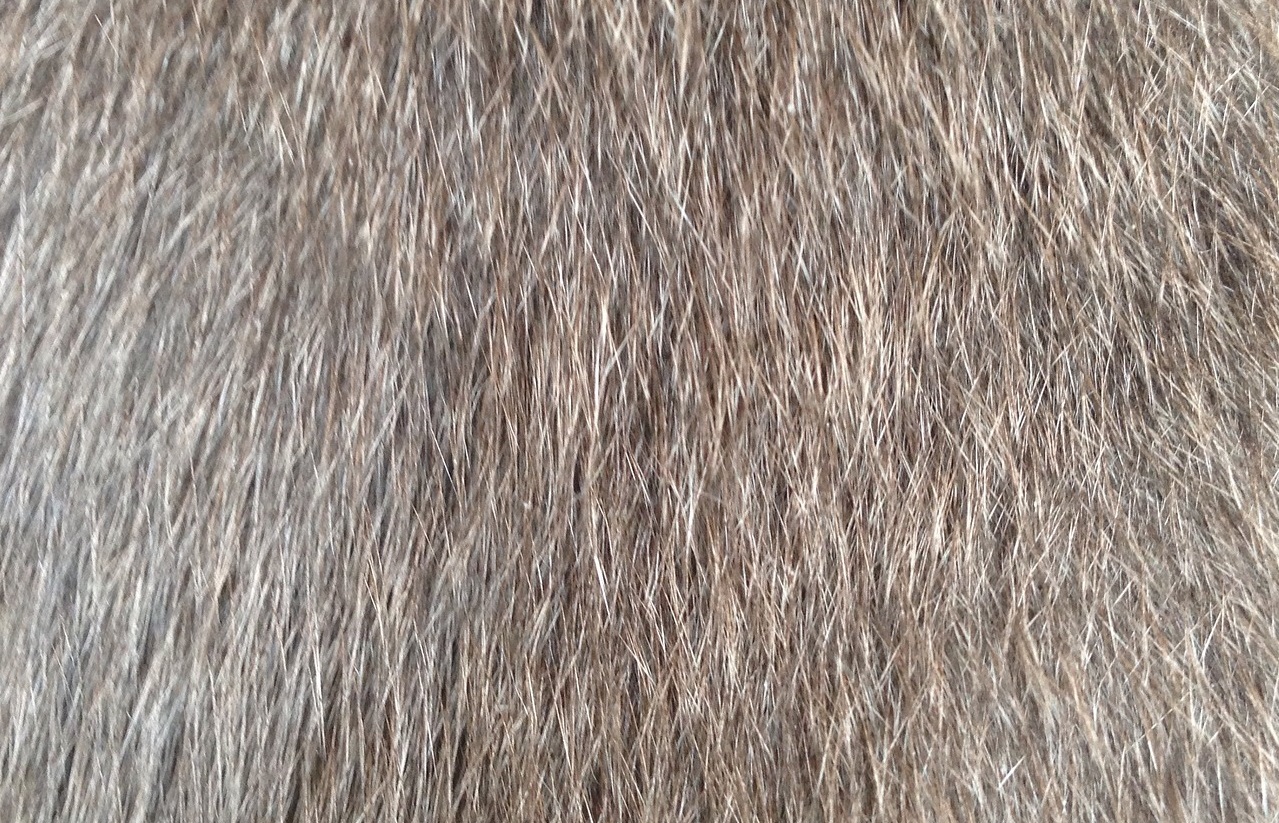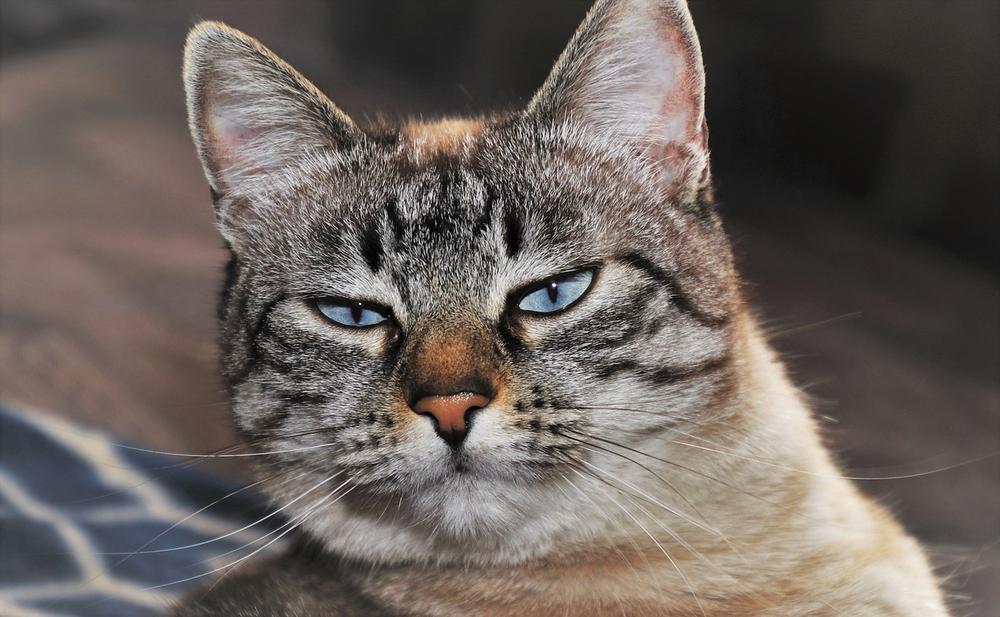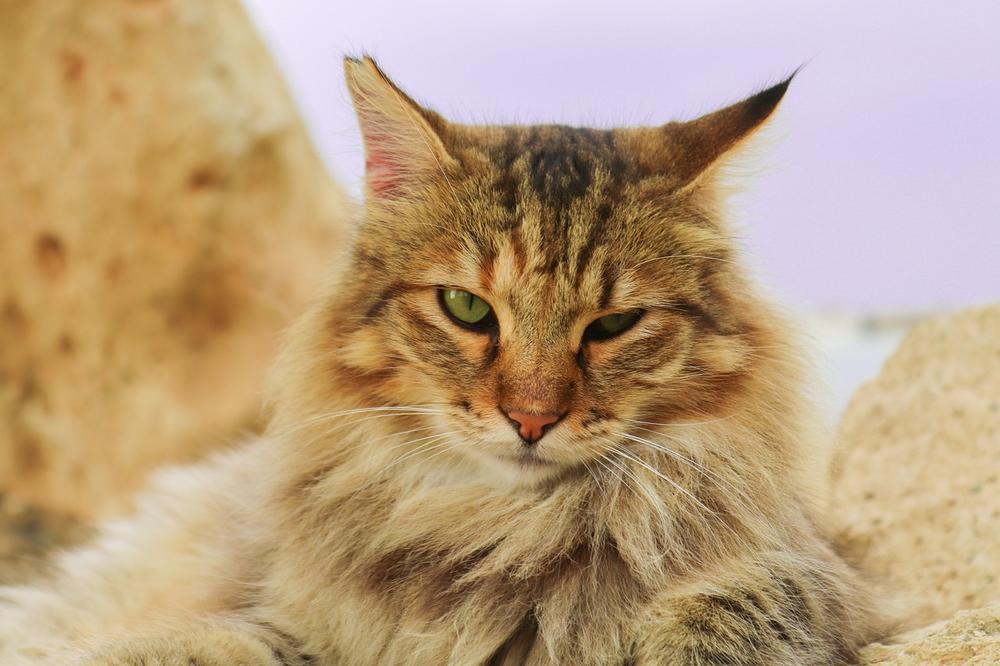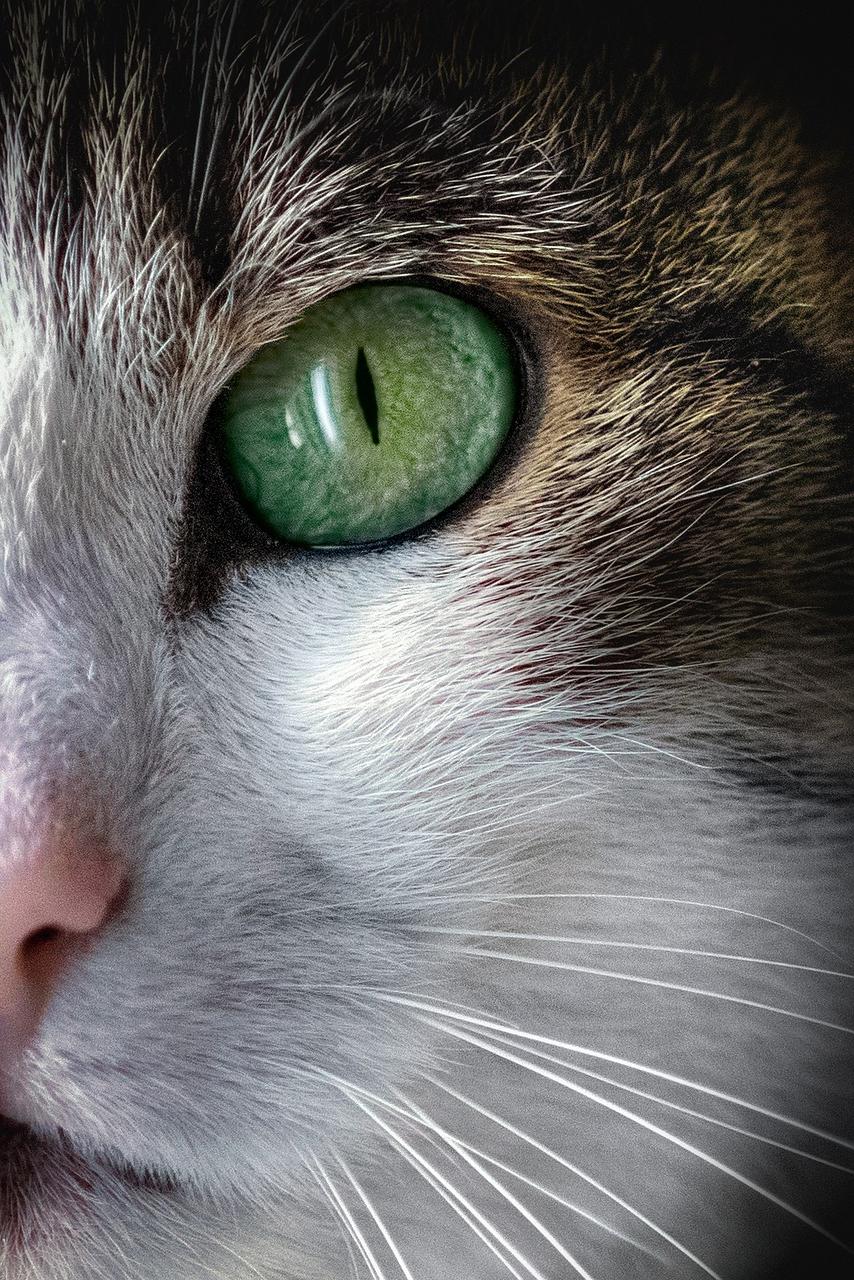Does Cat Hair Grow Back? (New Owner's Questions Answered)

Worried cat parents!
Ever play tug-of-war with those nagging thoughts about your feline friend's fur?
"Will their fluff ever grow back?" 😺
Sounds familiar, huh?
Well, buckle up, because we're diving into the hairy world of cat hair growth!
Let's unravel this pressing question together, shall we?
Regrowth Time for Cat and Human Hair After Surgery
The regrowth time for cat and human hair after surgery varies. Shorthaired cats typically see hair growth within a few weeks and have a full coat in 2-3 months. Longhaired cats may take 4-6 months for full regrowth, with signs appearing at 5-7 months. Factors like health, age, breed, and hair length affect the timeline.
So, you want to know how long it takes for your cat's hair or even your own hair to grow back after surgery.
Let's get into it!
Each cat’s hair regrowth time can be different because of a few factors.
Shorthaired cats usually start seeing some hair growth within just a few weeks after surgery.
That's pretty quick, right?
And in about 2 to 3 months, they should have their lovely coat back.
Great news, huh?
It's fast and fabulous!
But for longhaired cats, it might take a bit longer.

We're talking 4 to 6 months for full hair regrowth.
Patience is key here.
But don't worry, my friend...
Longhaired cats start showing signs of regrowth at around 5 to 7 months.
So hang in there!
These timelines can vary based on things like health, age, breed, and how much hair was cut.
Each cat is unique, you know?
In the meantime, give them lots of love and cuddles, because with hair or without, they are still the most adorable creatures on this planet.
Main points I'll expand upon further down this article:
- Cat hair regrowth after surgery can be promoted through various methods.
- A cat's diet should include omega-3 fatty acids, zinc, vitamins A and E, and animal protein for healthy coat and skin.
- High-quality protein in their food can stimulate hair growth.
- Maintaining a good overall diet with necessary vitamins and minerals is essential for healthy skin and coat.
- Soothing creams and avoiding future cutting or shaving can encourage shaved hair to regrow.
- Factors influencing hair regrowth include whether it was shaved or lost due to a medical condition, the natural length and condition of the hair, overall health, and age.
- A stress-free environment, regular grooming, and monitoring for coat damage are significant for healthy hair growth.
- Fur should fully regrow after approximately six months, and shedding may occur again.
- Shaving a cat should be performed by an experienced professional to prevent harm to the skin.
- Cat owners should seek professional assistance or use a comb as a protective barrier when removing mats, create a stress-free environment, and be patient during the regrowth process.
But what if your cat's hair isn't regrowing as expected?
Is there anything you can do to promote faster regrowth?
Let me share some tips and techniques that can help accelerate the process.
Promoting Healthy Regrowth of Cat Hair After Surgery
To promote healthy regrowth of cat hair after surgery, consider the following tips:
- Incorporate regular brushing and grooming into your cat's routine.
- Stimulate blood circulation to hair follicles by massaging the skin.
- Ensure your cat's diet includes omega-3 fatty acids, zinc, vitamins A and E, and animal protein.
- Provide high-quality protein sources in their food to stimulate hair growth.
- Maintain a well-rounded diet with essential vitamins, minerals, and supplements.
- Use soothing creams on the skin to promote healing and hair regrowth.
- Avoid cutting or shaving the cat's hair further to allow it to grow back.
- Consider factors such as whether the hair was shaved or lost due to a medical condition.
- Take into account the cat's natural hair length and condition, overall health, and age.
- Create a stress-free environment for your cat.
- Practice regular grooming and monitor their coat for signs of damage.
- Understand that fur may take around six months to fully regrow and shedding may occur again.
- If you notice increased shedding or other concerning signs, consult a veterinarian to rule out underlying health issues. 😺
But wait, there's more!
Before discussing alternative options for minimizing hair loss during surgery, let's explore the various factors that can affect how long it takes for a cat's hair to grow back.
Knowing these details will help you better understand the timeline and manage your expectations.
So, let's dive in and unravel the mysteries of cat hair regrowth after surgery!
Can You Shave a Cat for Surgery?
Talking to a vet can give you ideas on different ways to handle cat fur rather than shaving.
Trimming the fur is an alternative option that prevents excessive hair loss and protects the delicate skin of your cat. Whatever the reason, seeking expert advice from a professional veterinarian is crucial for the well-being of your furry friend.
They have the knowledge and experience necessary to provide safe and effective solutions, especially when it comes to surgeries or other procedures.

Don't take any risks – put your cat's safety first and trust in the expertise of a qualified veterinarian.
And if you're wondering whether or not shaving your cat is a good idea for keeping them cool and reducing shedding, I've got the perfect resource for you.
In my article about Should I Shave My Cat in Summer, you'll find all the answers you need.
Factors Leading to Hair Cutting in Cats
Factors Leading to Hair Cutting in Cats:
Cutting a cat's hair may be necessary for various reasons, but there are specific factors that contribute to this need.
- Obesity or weight issues: Obese cats may have difficulty self-grooming due to limited mobility and flexibility, making hair cutting necessary to prevent matting.
- Rescued or neglected cats: Cats that have been rescued from neglectful situations often require hair cutting to remove severely matted fur and restore their coats to a healthy state.
- Overweight or senior cats: Overweight or older cats might struggle with grooming themselves properly, leading to the need for hair cutting to maintain their hygiene and prevent matting.
- Physical conditions: Cats with physical conditions, such as arthritis or other mobility issues, may find it challenging to groom themselves thoroughly, increasing the likelihood of hair cutting.
- Health conditions impacting hair growth: Certain health conditions can lead to hair loss or hinder hair regrowth in cats, necessitating hair cutting to manage their appearance.
You need to note that shaving a cat's fur off during summer should be avoided because it removes their natural cooling mechanism and exposes them to potential sunburn or other skin issues.
To ensure a positive experience, it is best to leave the hair cutting process to professional groomers, as many cats find it traumatic.
But how can you ensure that your cat's hair grows back beautifully after surgery?
In the next section, I'll share some valuable tips on providing the right diet, seeking professional assistance, and creating a stress-free environment for optimal hair regrowth.
Trust me, your furry friend will thank you for it!
Tips for Managing a Cat's Fur During the Regrowth Process

Here are 12 tips for managing your cat's fur during the regrowth process:
- Provide a well-balanced diet with biotin and omega-3 fatty acids.
- Avoid removing mats yourself to prevent harm to their skin.
- Seek professional assistance or use a comb as a protective barrier when removing mats.
- Consider using e-collars or recovery suits if excessive grooming occurs.
- Prevent further licking and biting in the affected area.
- Create a stress-free environment for your cat.
- Incorporate calming products if necessary.
- Consult a veterinarian for guidance.
- Be patient, as regrowth takes time.
- Help promote hair growth by creating a nurturing environment.
- Allow your cat to regain its full, luxurious coat naturally.
- Use scissors with a comb to guard the skin when shaving becomes necessary.
And that wraps up today's article.
If you wish to read more of my useful articles, I recommend you check out some of these: Do Pregnant Cats Sleep a Lot, Cat Giving Birth for the First Time, Cat Without Whiskers, Pregnant Cat Breathing Fast, and Can I Use Baby Shampoo on My Cat
Talk soon,
-Sarah Davis